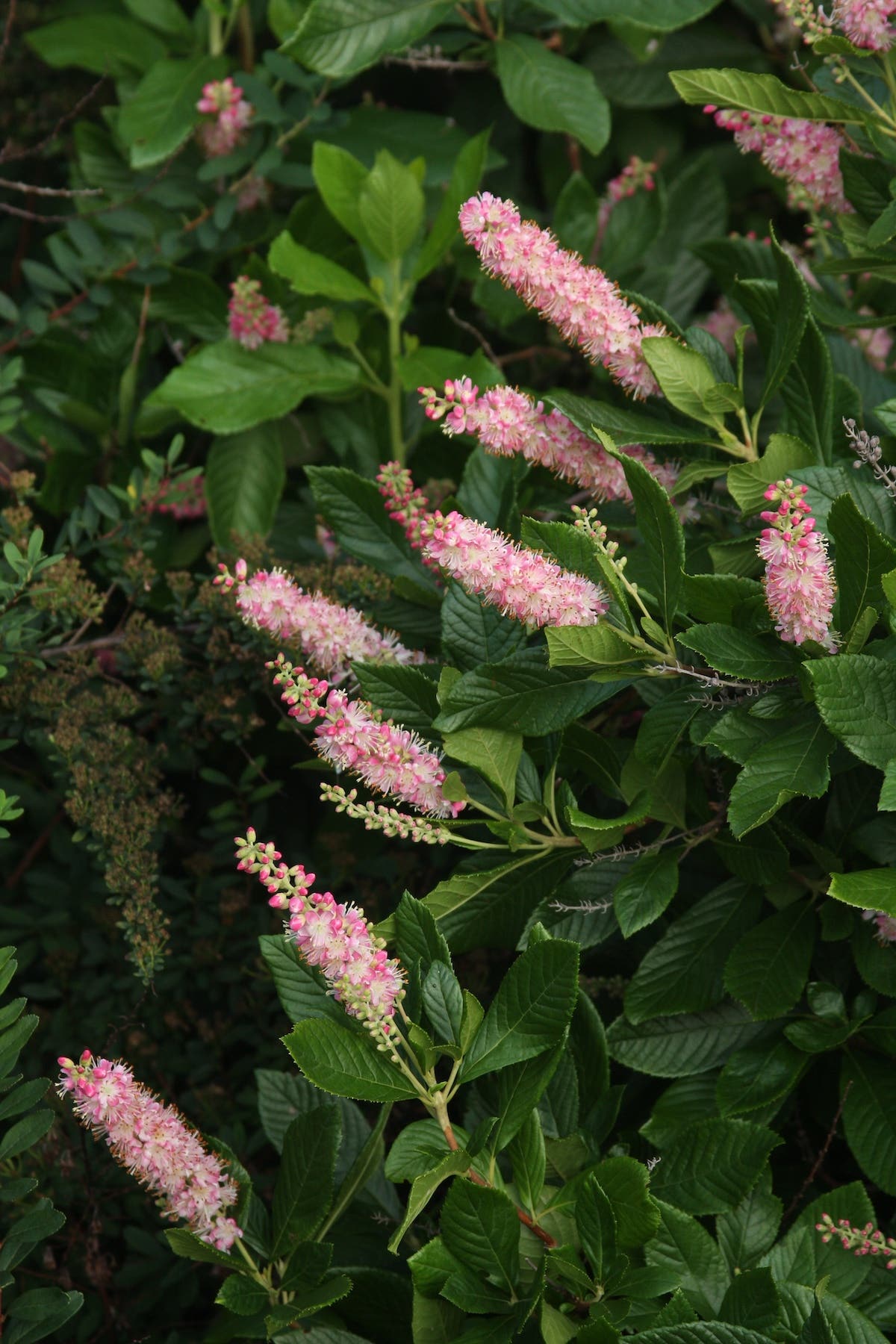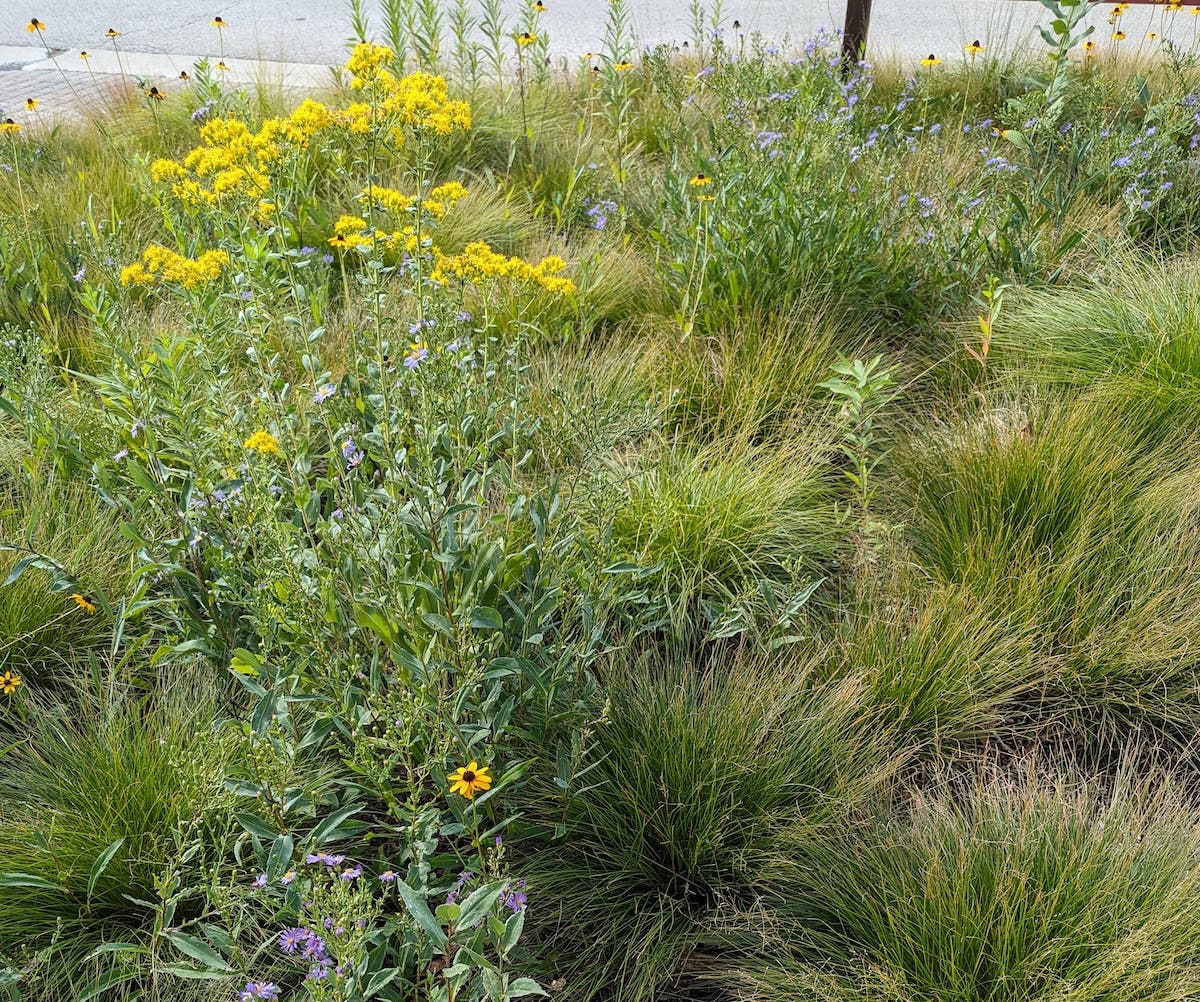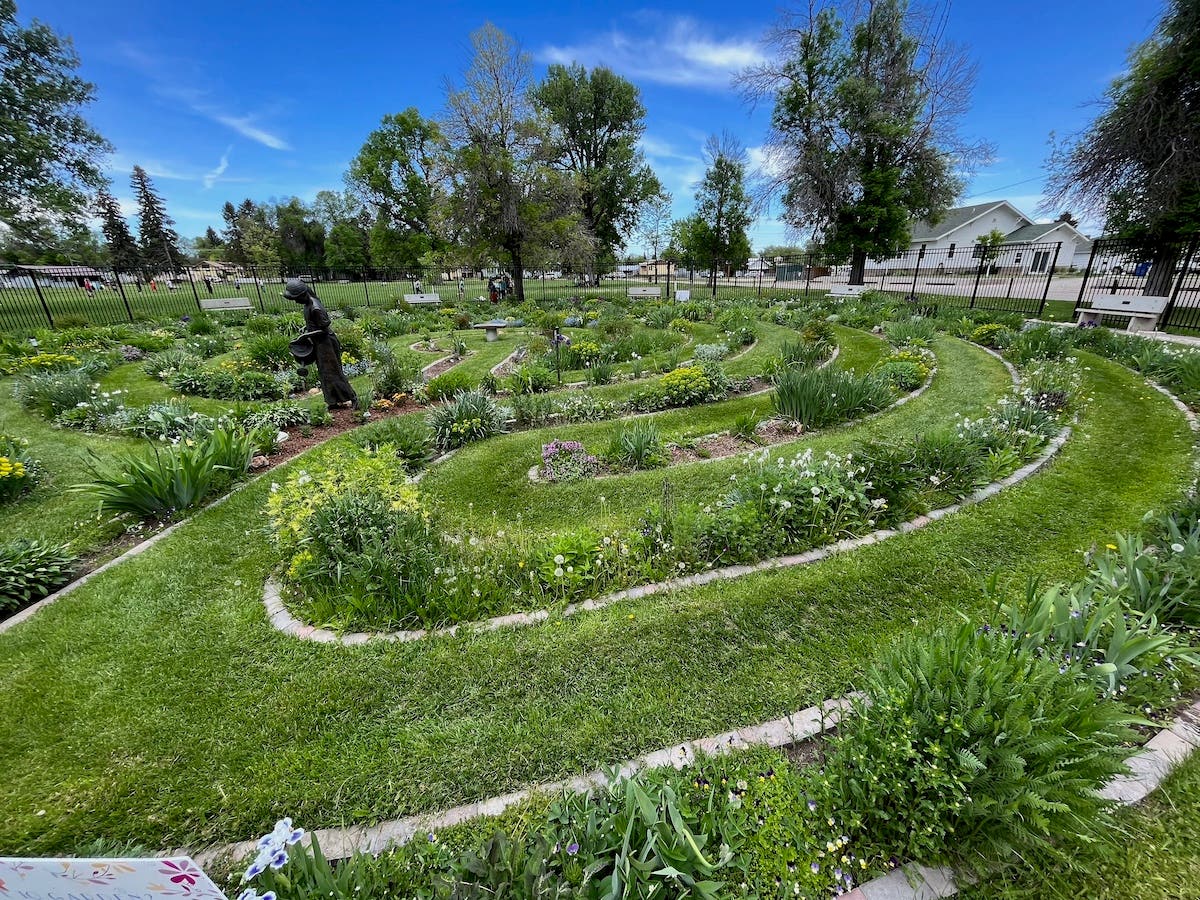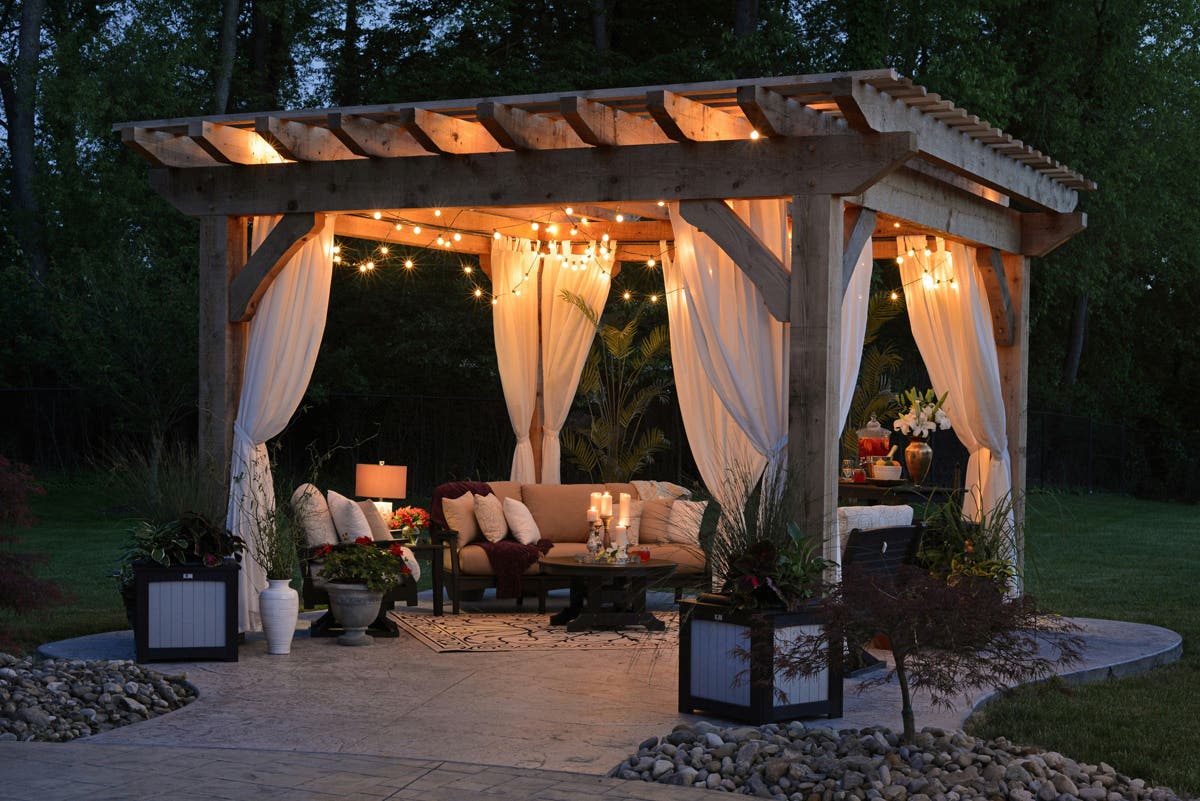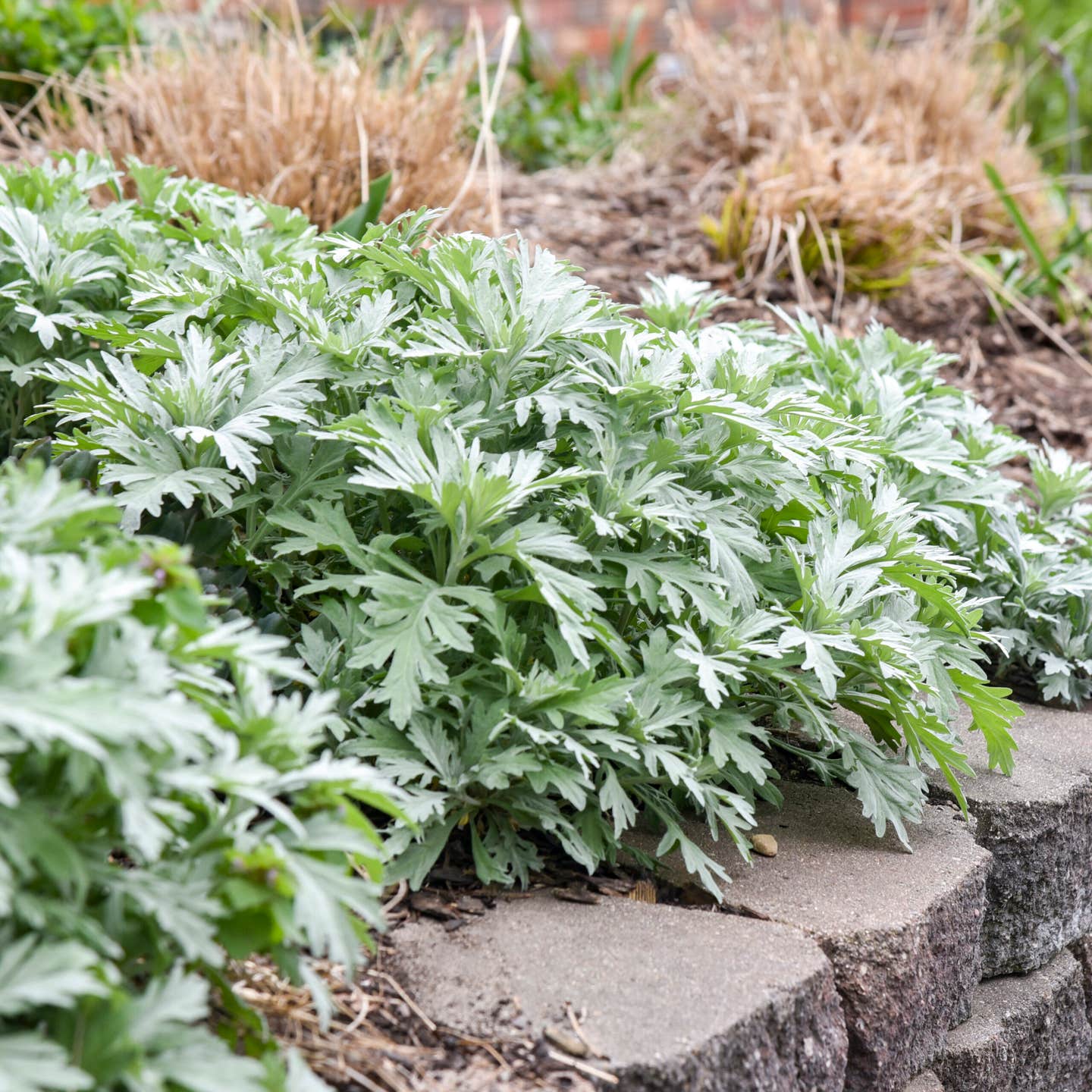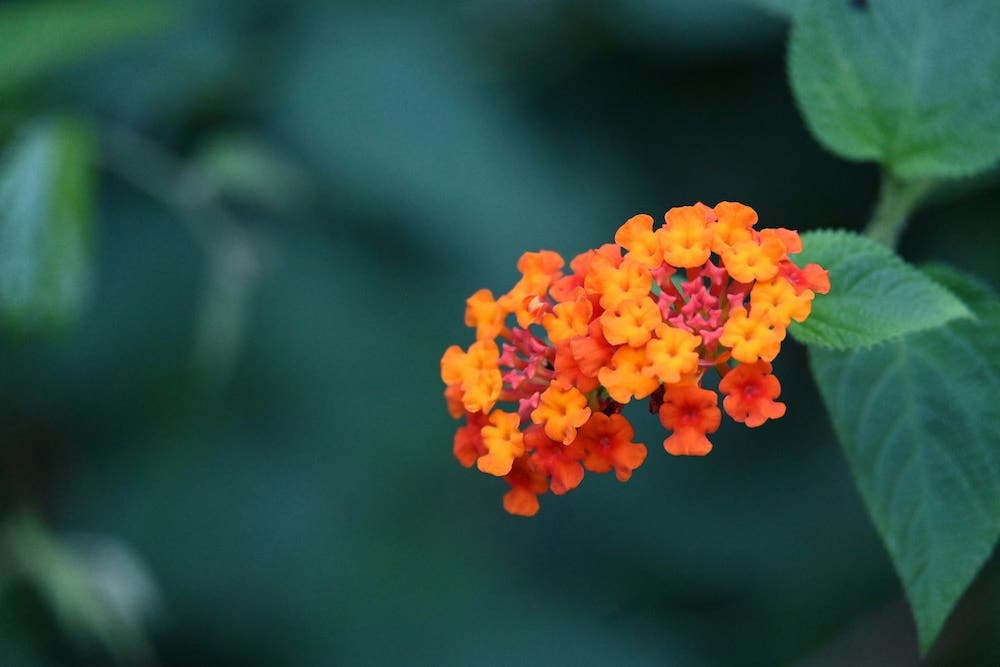Rose Companions to Plant in the Garden
Rose companions share certain features. Learn one rosarian’s opinion on what makes a plant a good match for roses, and see his lists of favorites.
Roses are jewels of the summer garden, and just like jewels their beauty can be enhanced with the right setting. According to expert rosarian Michael Marriott, who worked for decades at David Austin Roses, roses are beautifully suited to mixed garden borders. The trick to choosing rose companions lies in knowing just what will play well together.
“There’s no one way to plant roses,” said Marriott. "Wherever you put them they steal the scene. But don’t mistake roses for loners or divas. Most roses, and especially the soft-colored David Austin English roses, are highly cooperative, companionable garden plants."
Marriott believes the best rose companions bloom at the same time as the rose: “The joy is in pairing flowers that play off one another when seen side by side in full bloom. The goal is to heighten peak bloom experiences. Extending the bloom season is a different exercise."
Marriott has designed rose gardens all around the world. His border designs feature massed plantings of like-with-like that create an overall calming effect. He often favors sweeps of color – both complementary and contrasting – to create movement and lead the eye.
Roses can pair with plants of all sizes. Shorter companions provide a nice understory, hiding the bottoms of canes (rose stems). Same-height neighbors help roses blend into the garden rather than hog the spotlight. Taller rose companions can add a vertical accent.
Cottage-garden favorites and small-flowered plants work especially well with roses in informal settings. Other rose companions contribute beautiful foliage for interest that lasts throughout the season.
Rose companions by color and type
Michael Marriott offered the following lists of his favorite rose companions:
Blue- or purple-flowered perennials
Flowers with blue tones pair beautifully with softly warm-hued roses (think peach, pale pink and light yellow).
Aconitum (monkshood)
Aster
Campanula (bellflower)
Centaurea (cornflower)
Delphinium
Eryngium (sea holly)
Geranium
Nepeta (catmint)
Linum (flax)
Salvia
Scabiosa (pincushion flower)
Veronica (speedwell)
Viola
Perennials in other colors
Mix and match other colors to your liking and to suit white, red, hot pink and bright yellow roses. Look to the following as a starting point and choose the hues you prefer:
Agastache
Anthemis (chamomile)
Aquilegia (columbine)
Astrantia
Lychnis (rose campion)
Penstemon
Rudbeckia (black-eyed Susan)
Sedum
Knautia
Veronicastrum (Culver’s root)
Thalictrum (meadow rue)
Lavandula (English lavender)
Favorite biennials
Digitalis (foxgloves)
Verbascum (mullein)
Annual rose companions
Annuals work especially well with reblooming roses, since they will continue to flower through each bloom cycle of the rose.
Cosmos
Nicotiana, especially N. mutabilis (flowering tobacco)
Nigella (love in a mist)
Papaver (poppy)
Phacelia (blue tansy)
Lathyrus odoratus (sweet pea)
Shrubs for bulk and height
The following not only add mass but they can also overlap bloom time with roses.
Caryopteris (bluebeard)
Deutzia
Hydrangea
Philadelphus (mock orange)
Viburnum
Image courtesy of David Austin Roses


